Derby is the birthplace of the factory system, and it is a UNESCO World Heritage Site along the River Derwent to Matlock Bath where there were many factories, settlements, and the first railroad system. The Silk Mill, which is now the Museum of Making, is one of the buildings that form this special heritage. The Silk Mill was opened in 1721 and employed workers and machinery on a very large scale as never before. Settlements were erected alongside the factories along the river, and the Derwent Valley Mills (as it is now known) attracted people and business owners to the area.

The Silk Mill operated until it was sold to a chemical factory (maybe in the later 1800s) and manufactured skin cream, flypaper, cough drops, and ice cream powder. A fire that started at a nearby flour factory destroyed the building in 1910, and it was rebuilt in 1911.
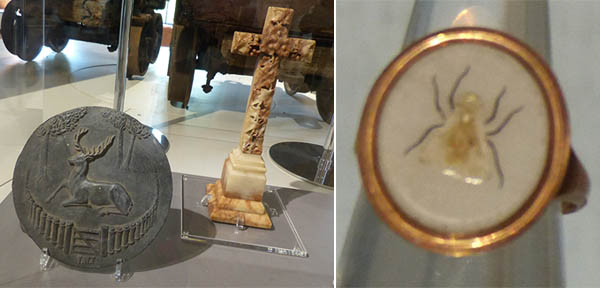
The museum explains the history of Derby as being a settlement controlled by the Vikings and Anglo-Saxons at different points until the Norman invasion. It is thought that the name "Derby" is a Viking word meaning "deer settlement", and the deer forms part of the city's crest as in the lead plaque pictured. The other item in the display is an alabaster cross, and this was mined and carved locally. The influence of Derby for business people and other important people is also shown in the people who had connections and lived locally; a Roman ring with a fly was found in Pompeii and given as a gift to a person locally.
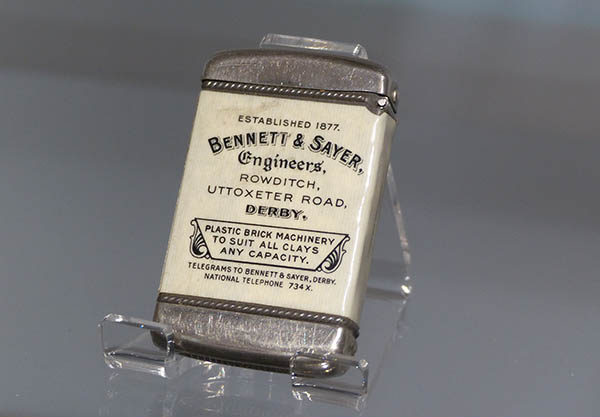
A large area of the museum was dedicated to items produced locally, such as the matchbox above. There are many items produced locally from bricks to lamp posts and post boxes to fashion to computer games to automotive parts to models to test aerodynamics of trains.
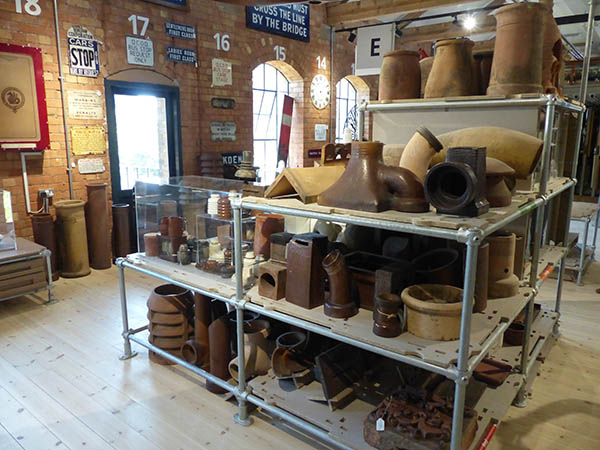
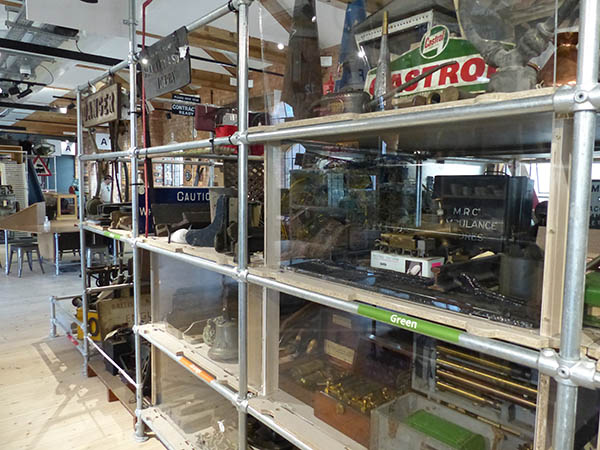
Another large room contained many thousands of items categorised by their raw material - metal, wood, stone, glass, ceramic, synthetics, etc. There were so many items on display.
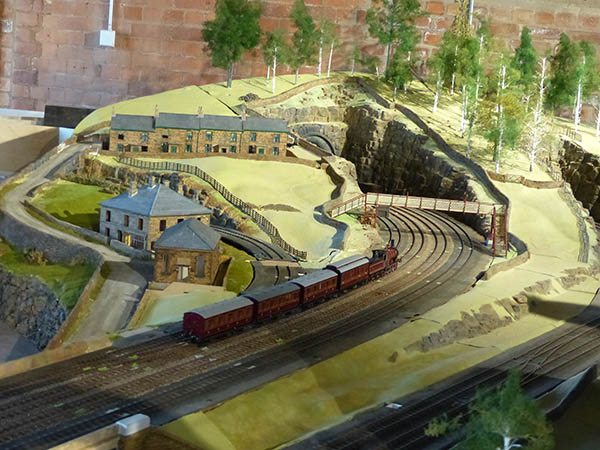
One room was set up for the Midland Model Railway. This railway was built upon the 1951 version that many local people can remember visiting at the Derby Museum & Art Gallery.
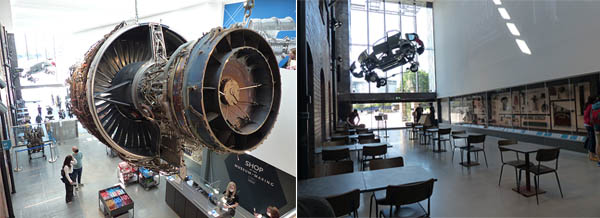
In the entrance of the museum, there is a disassembled car hanging up and the cafe and entrance displays. The cafe serves snacks, lunch, and breakfast. I was the first customer of the day, and when I left the museum, it had gotten quite busy. Above the cafe and at the shop level was an engine part.
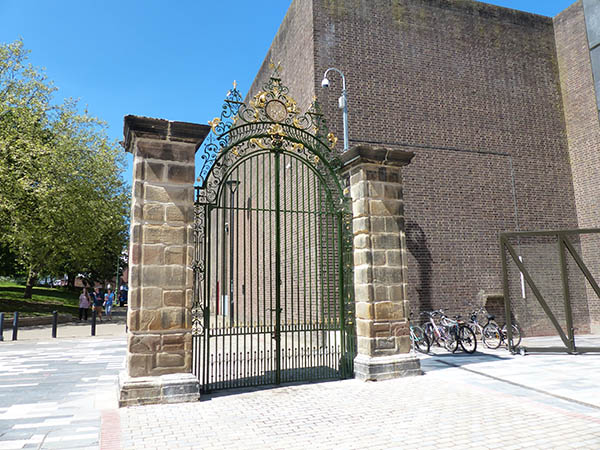
At the entrance of the museum, I saw the old metal gates which a sign informed were the original gates of the factory here.

After visiting the Museum of Making, I headed to the Derby Museum and Art Gallery, but not before I stopped off at The Dining Room for Sunday roast lunch. The Dining Room receives a lot of great feedback online, and I had booked it in advance. I ordered a cocktail and roast chicken, and the bloke had roast lamb. I thought that the food was okay, but it was not the best roast that I have ever had. The cocktail was delicious, and the chicken was good. I was disappointed in receiving so many beets (not pictured, but we received a whole cup of pickled red cabbage and some beets on the plates) and pickled cabbage, and the roast potatoes were not crispy.
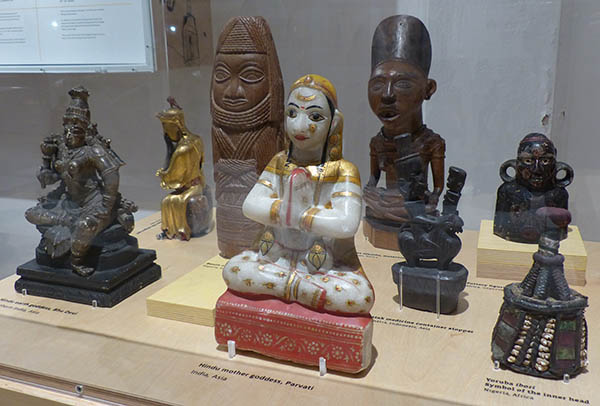
The Derby Museum & Art Gallery is a mixed museum. There is a section of artefacts from different countries in Africa and Asia (including masks, samauri armour, stone tools, decorative and ceremonial items, and fashion items), a room with taxidermy and skeletons, a room of prehistoric items, a small room with Egyptian mummies, and a room with a gallery of local artist Joseph Wright's paintings.

There was also a room with war items.

In the taxidermy and skeleton room, there is a skeleton of an award-winning dachshund that was born in 1888 and died in 1897, the taxidermied body of a winning racing pigeon, and the skeleton of a 120,000 year old hippo that used to live in England and was discovered in Derbyshire. There were also a selection of fossils, which I enjoyed. The taxidermy and skeletons, Egyptian mummies, and mummified cats always creep me out a bit.


The prehistoric room contained a longboat that is 3,400 years old, Roman items, and Viking items. It also has a few stone tools from prehistoric times and early humans from 40,000-60,000 years ago.
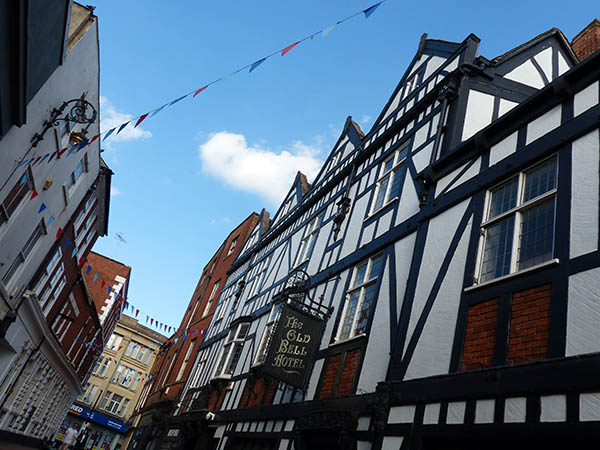

After the museums, I had a walk around and checked out Derby Cathedral. It is open for a short time on Sundays. Unfortunately, there was an event taking place that over-ran when I went to visit, so I could only peek my head in to look inside.
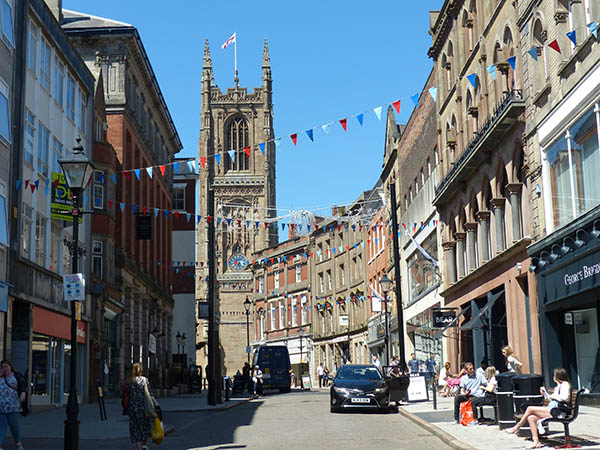
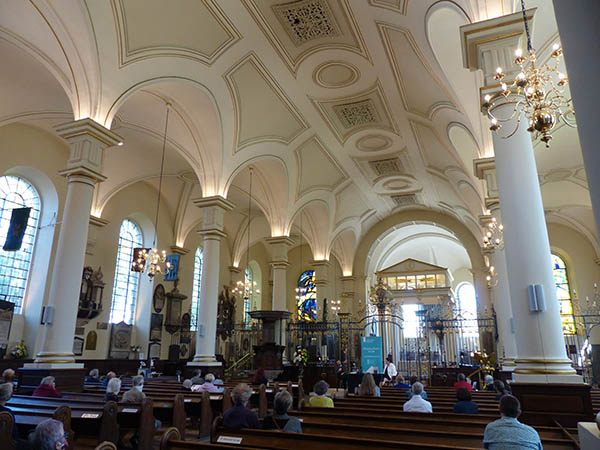
I'll also add that the night before, I had an excellent meal at The Forge. The food was tasty, and it was a unique experience. You are served the meat on hot stones that you have to cook. I ordered a bottle of Prosecco, and the whole meal went down a treat. I only wished that I had ordered onion rings as I saw them later on others' plates (but I was first to get my meal), and they looked like the big, proper battered onion rings. Oh well, it's on my starred list to return to next time I am in the area.
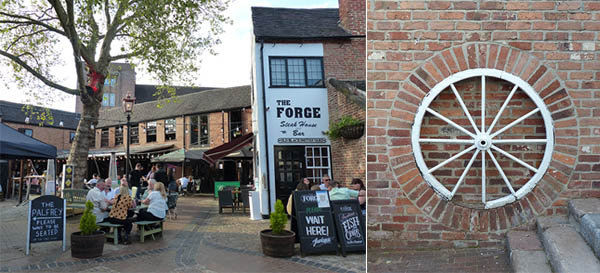

Overall, I enjoyed getting out to Derby as my first break away for the year and soon after the restrictions had lifted. I am hoping that it is only on the way up from here.
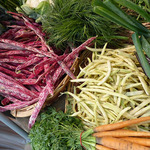
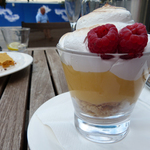
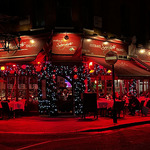
Leave a comment